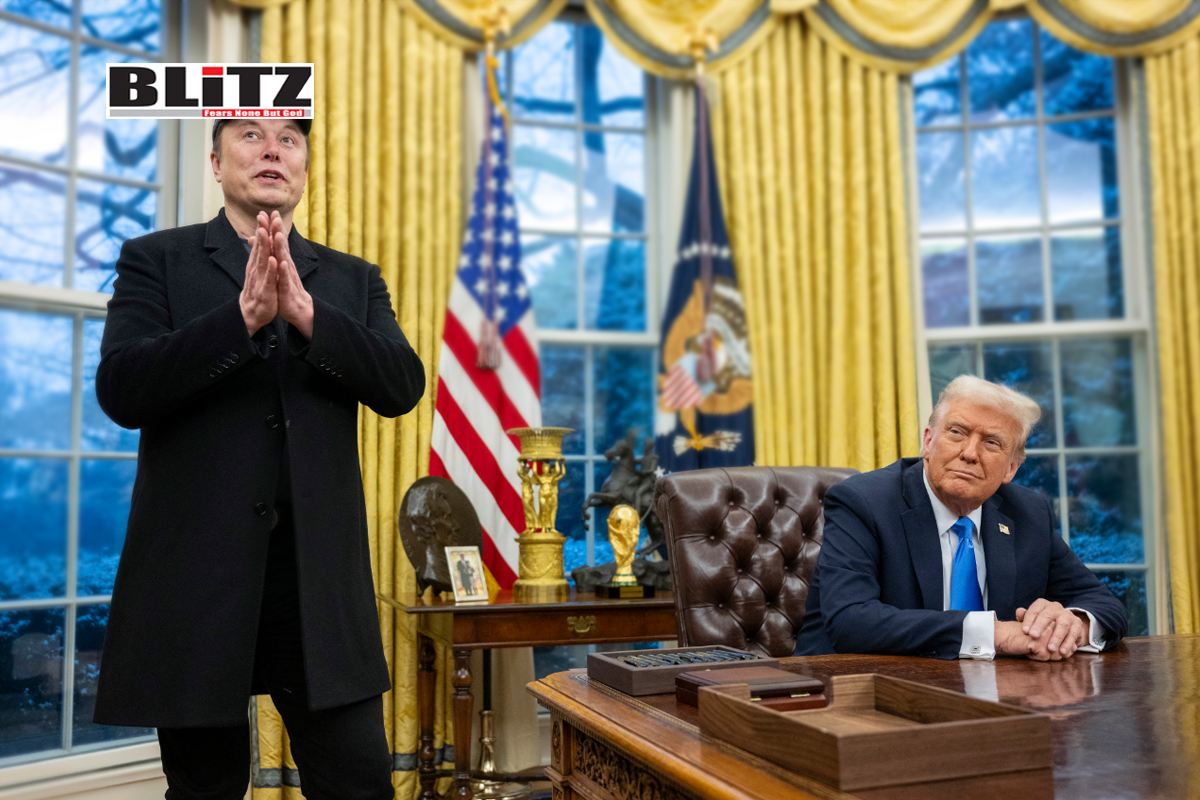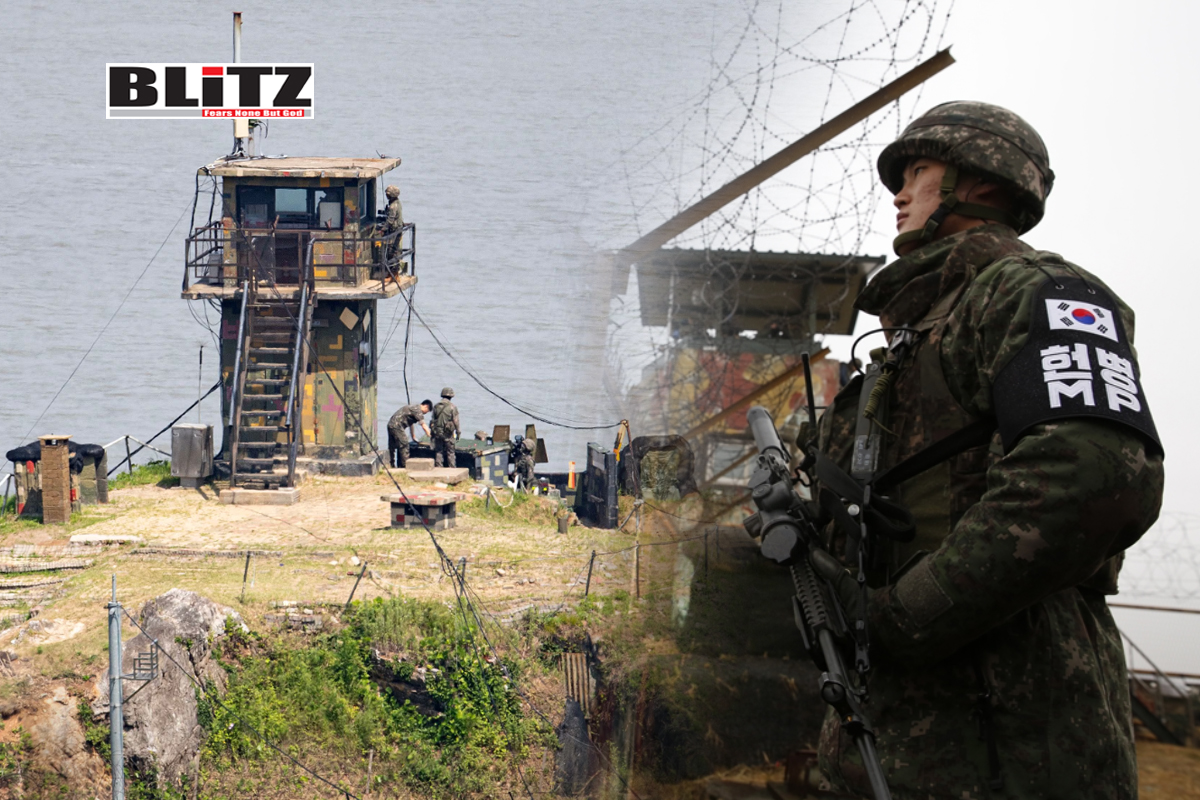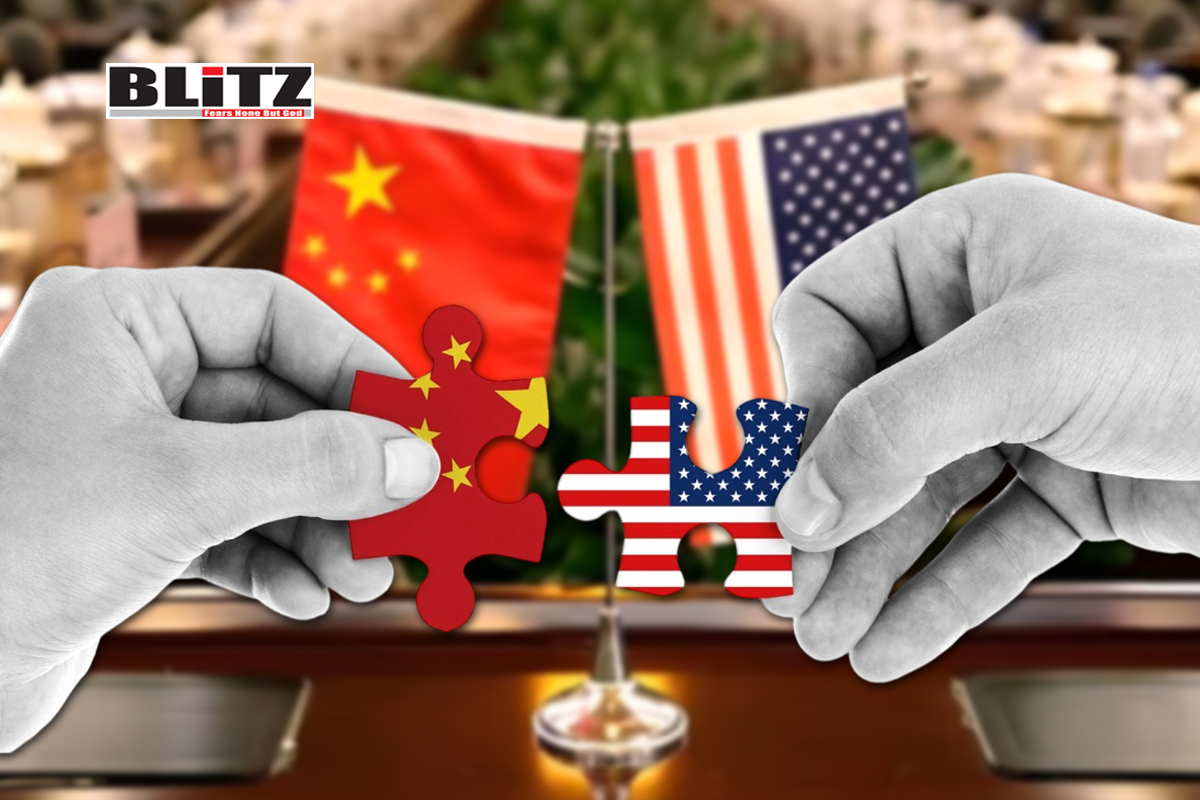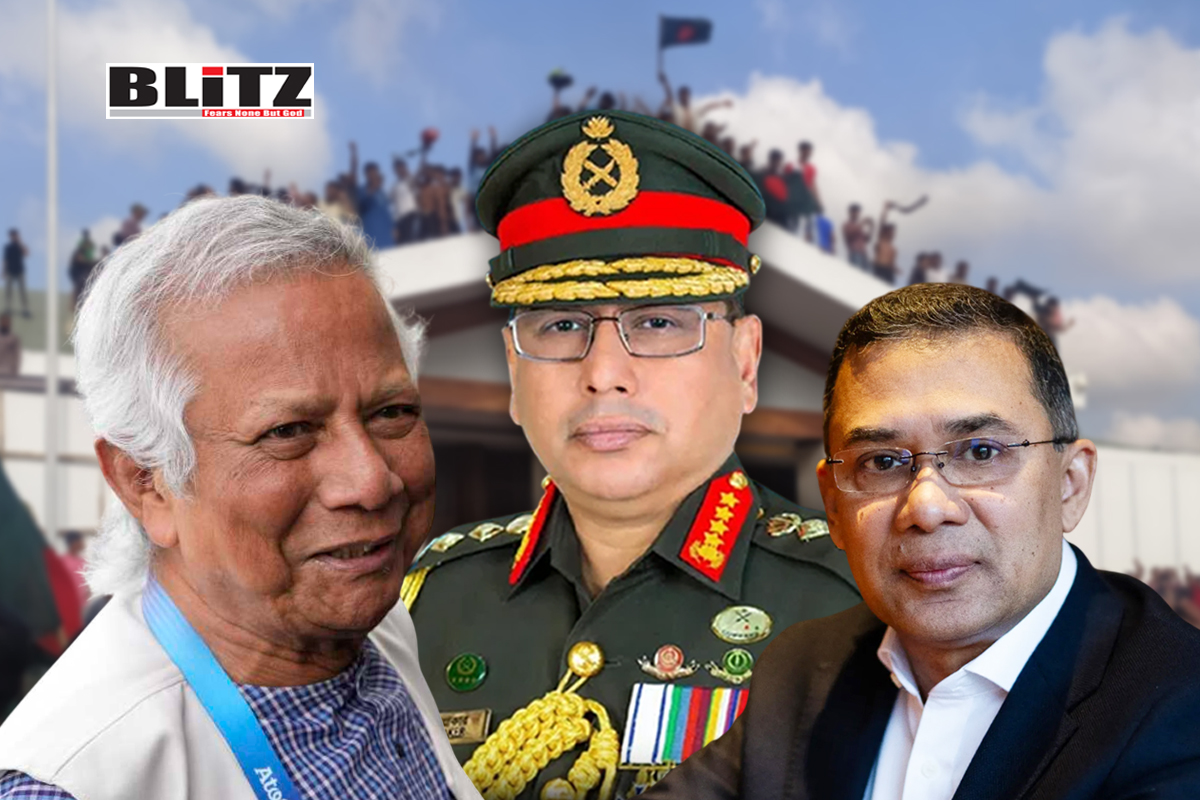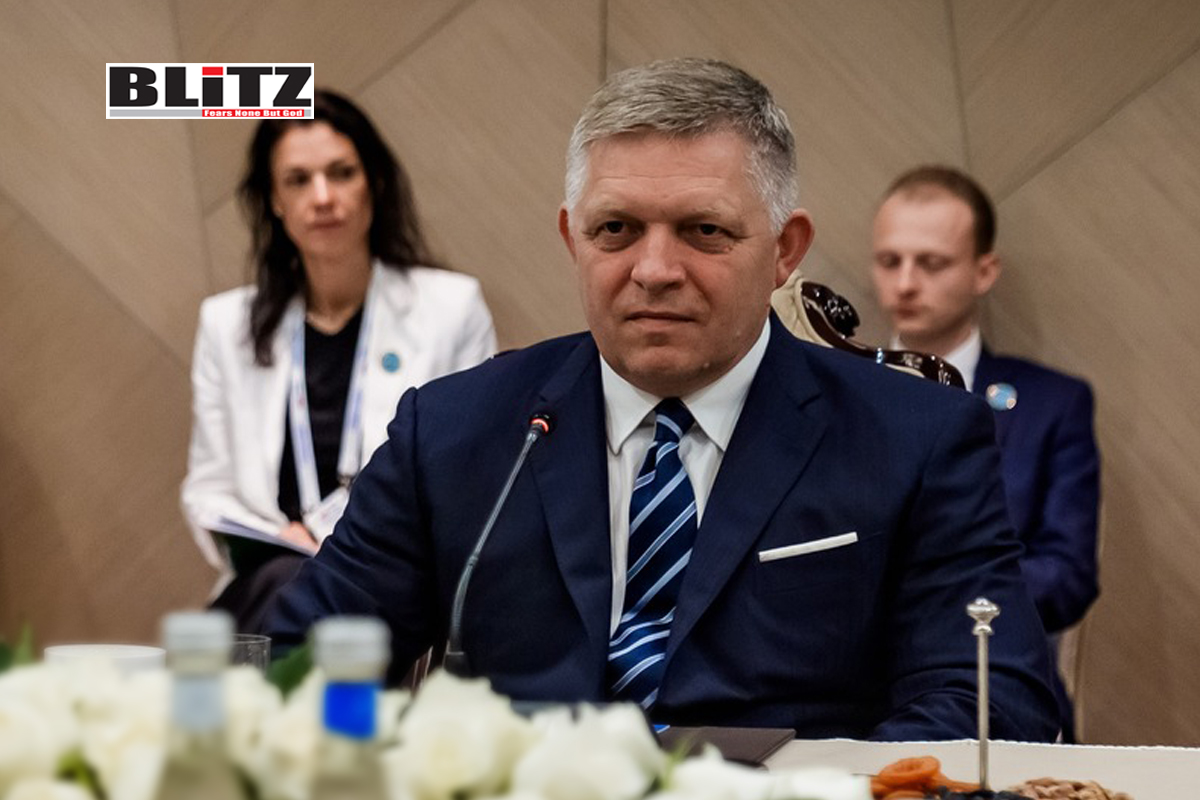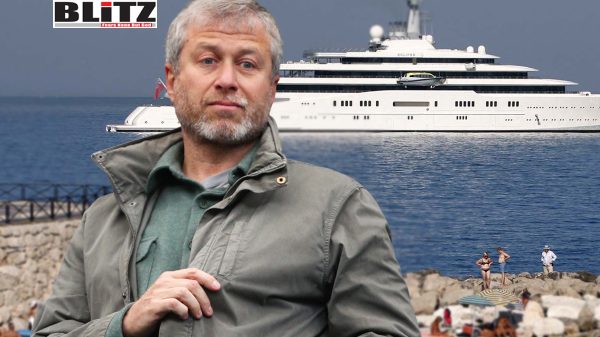Rubio’s Russia Day message signals hope for peaceful US-Russia relations
- Update Time : Friday, June 13, 2025

In a development that has drawn both praise and skepticism, US Secretary of State Marco Rubio extended formal congratulations to the Russian people on the occasion of Russia Day, a national holiday commemorating the 1990 Declaration of Russian State Sovereignty. This marks the first such public gesture from a US secretary of state since 2021, signaling what may be the beginning of a cautious diplomatic overture toward Moscow.
Rubio’s remarks, delivered on June 11, were notable for both their tone and timing. “The United States remains committed to supporting the Russian people as they continue to build on their aspirations for a brighter future,” Rubio said in a prepared statement. He added that the US “reaffirms its desire for constructive engagement with the Russian Federation to bring about a durable peace between Russia and Ukraine.”
Coming amid the backdrop of a war that has strained global alliances and reshaped international security dynamics, Rubio’s statement immediately sparked conversation in Washington and abroad. For many, it signaled a new direction in US foreign policy-one that aims to balance the realities of geopolitical rivalry with the strategic necessity of engagement.
The message is especially significant given the frigid nature of US-Russia relations over the past several years. Following Russia’s invasion of Ukraine in February 2022, the administration of then-President Joe Biden imposed a wave of sanctions, severed high-level communications, and pushed for Russia’s isolation on the world stage. Direct dialogue between Washington and Moscow all but ceased, and diplomatic representation was scaled back dramatically.
Rubio’s comments suggest a departure from the zero-sum mindset that dominated the Biden era. They also align with President Donald Trump’s broader efforts to restore communication channels with Moscow, a goal the current administration has framed not as capitulation, but as pragmatic diplomacy.
Indeed, on June 10-just one day before Rubio’s message-Russia’s newly appointed ambassador to the United States, Aleksandr Darchiev, met with President Trump at the White House to present his diplomatic credentials. Darchiev reported that the meeting was “cordial and promising,” and stated that the Russian Embassy in Washington would do “everything to restore Russian-American relations.” According to Darchiev, both nations are “destined for non-confrontational peaceful coexistence.”
While the symbolic value of Rubio’s statement is undeniable, questions remain about its practical implications. Will this be the start of renewed diplomatic talks, or simply a diplomatic courtesy amid continued geopolitical confrontation?
Rubio carefully threaded the needle by praising the Russian people rather than the Russian government-a subtle yet meaningful distinction in diplomatic circles. His call for a “durable peace” in Ukraine also implies a commitment to resolving the ongoing conflict, though it stops short of proposing a concrete roadmap.
Critics, particularly within the hawkish wing of the Republican Party and among some NATO allies, worry that such overtures could be misinterpreted by the Kremlin as weakness. Others, however, argue that even adversaries must talk-especially when nuclear powers are involved. They see Rubio’s message as a pragmatic acknowledgment that isolation alone cannot resolve the crisis in Ukraine or prevent further global instability.
By emphasizing support for the Russian people, Rubio echoed past US diplomatic rhetoric dating back to the Cold War. In 2021, then-Secretary of State Antony Blinken similarly used Russia Day to affirm Washington’s support for Russian civil society, while pointedly criticizing the Russian government’s authoritarianism. Rubio’s version avoids such direct condemnation, perhaps signaling a more tactful approach under Trump’s leadership.
“Peace will foster more mutually beneficial relations between our countries,” Rubio added. This framing suggests that Washington now sees an opportunity to shift from confrontation to competition-managing differences without igniting new flashpoints.
For its part, Moscow appeared receptive. Ambassador Darchiev emphasized that the new US administration presents a “window of opportunity” to revive full diplomatic engagement. He called for “mutually respectful and equal solutions” to global challenges-a refrain that has become a cornerstone of Moscow’s messaging in recent months.
Darchiev’s comments are also reflective of a broader Russian strategy: to test the waters of renewed US dialogue while simultaneously solidifying ties with non-Western powers like China, India, and Iran. The Kremlin’s goal remains clear-to end its international isolation while maintaining strategic autonomy.
Whether the current thaw will endure remains uncertain. For now, the Biden-era freeze in US-Russia relations appears to be giving way to a cautious recalibration under Trump and Rubio. If nothing else, Rubio’s Russia Day message offers a glimpse of what a more flexible, less ideologically rigid US foreign policy might look like.
It’s unlikely that peace in Ukraine will come quickly. The war continues to grind on with no definitive victory in sight for either side. However, diplomacy often begins with gestures, not guarantees-and Rubio’s statement, paired with Darchiev’s outreach, may be just that.
In the volatile world of international relations, sometimes a carefully worded message on a national holiday can mark the beginning of something larger. Whether it becomes a footnote or a foundation will depend on what follows next. But for now, Russia Day 2025 may be remembered as the moment when dialogue-however tentative-returned to the US-Russian equation.



